Most people are familiar with the Egyptian pyramids, which are large, impressive structures built in Ancient Egypt a long time ago. It is also widely accepted that the pyramids served as monumental burial sites for the Pharaohs, or Ancient Egyptian kings.
All Interesting Facts About The Great Pyramids Of Giza
However, there are many more fascinating things and little-known curiosities about these fascinating structures. Check out these 30 fascinating facts about Egyptian pyramids you may not know if you want to learn more about them.
Step Pyramid of Djoser
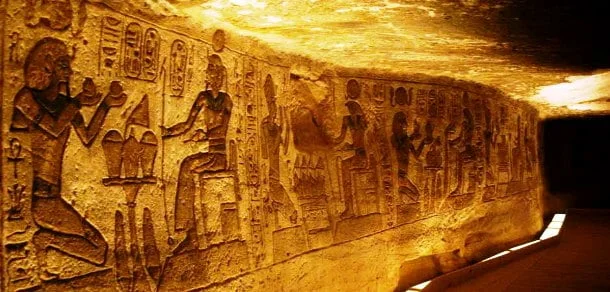
The Step Pyramid of Djoser was the first pyramid built by the Ancient Egyptians and the earliest large stone monument. Earlier royal tombs were made of mud brick. Djoser sourced granite from Aswan in the far south and limestone from the other side of the Nile River for his vizier Imhotep to supervise construction.
Inside the pyramid, Aswan granite was used to line the King’s chamber. The Step Pyramid was built to serve as a staircase for Djoser to travel from his earthly body to the afterlife.
First Pyramid in Ancient Egypt
The pyramids were built to protect pharaohs’ sarcophagi and guide them to the sun in the afterlife. The Red Pyramid of Sneferu at Dahshur was the first true pyramid in Ancient Egypt, meaning it has smooth sides. It was created to look like the sun’s rays. It is Ancient Egypt’s flattest pyramid, with the gentlest slope, which made it easy for robbers to walk along and steal the white limestone that covered the red underneath.
Serdab Structure
A Serdab structure was as important to the pharaohs as their pyramid. A Serdab was a structure near the pharaoh’s mummy that housed his Ka statue (the statue that held the king’s life essence after death).
The ancient Egyptians believed that even if the pharaoh’s mummy was destroyed, his spirit could continue to live on inside the Ka statue. Given the very real threat of tomb robbery and looting, the Serdab and Ka statues were critical to the pharaoh’s desire for a pleasant and peaceful afterlife.
Climbing on Great Pyramids
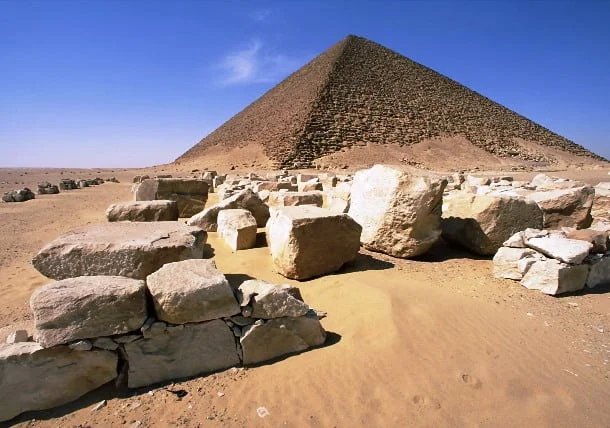
Tourists and Cairo residents attempt to scale the Great Pyramid of Khufu more frequently than you might think. Most are arrested or detained on-site before being released without charge because climbing the pyramid is prohibited but not illegal under Egyptian law. A 16-year-old German tourist climbed the Great Pyramid in just over 8 minutes in 2016, while a local recently threw rocks at authorities and damaged the wooden mast at the top used to measure the Great Pyramid’s height.
Ahmose Pyramid
King Ahmose I built the last Royal Pyramid of Egypt at Abydos, far to the south of the more famous pyramids of Giza, Saqqara, and Dahshur. His pyramid stood around 50 meters tall, was part of a large mortuary complex, and had very steep sides.
The Ahmose pyramid collapsed into rubble because it was built primarily of mud brick, which could not withstand the elements like the massive limestone blocks used in pyramids further north.
Total Pyramids
The three pyramids of Giza Necropolis are the most famous Egyptian pyramids, but approximately 140 pyramids have been discovered in the area of Ancient Egypt.
Pyramid of Djoser
The Pyramid of Djoser, built in the Saqqara Necropolis during the 27th century BC, is thought to be the oldest Egyptian pyramid.
Height of Pyramids
While the Pyramid of Djoser is the oldest, the largest is the Pyramid of Khufu (also known as the Great Pyramid of Giza or the Pyramid of Cheops). The pyramid’s original height was 146.5 meters (481 feet), and its current height is 138.8 meters (455 feet).
Oldest Great Pyramid
The Great Pyramid of Giza was the world’s tallest man-made structure until the Lincoln Cathedral in England was built in 1311. It held the record for an amazing and unprecedented 3871 years!
Title of Seven Wonders
The Great Pyramid of Giza is the oldest and last remaining of the Seven Wonders of the Ancient World.
100,000 Workers Build Pyramids
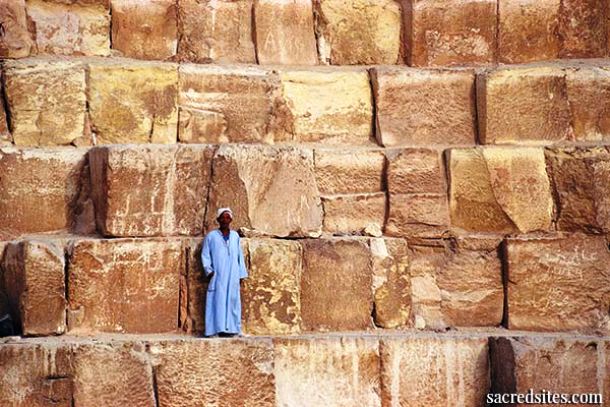
The number of workers involved in the pyramids’ construction varies greatly, but it could have been as many as 100,000 people.
Nobility of Ancient Egyptians
The Ancient Egyptians buried their nobility in pyramids with burial goods ranging from commonplace objects to expensive items such as jewelry. They believed it would be used by the dead in the afterlife.
The Great Sphinx
The Great Sphinx, the world’s largest monolith statue, guards the Giza pyramids. The Sphinx’s face is widely thought to represent the face of Pharaoh Khafra.
Egyptians Pyramids Location
All Egyptian pyramids were built on the west bank of the Nile River, which was associated with the realm of the dead in Egyptian mythology as the location of the setting sun.
Imhotep
Imhotep, an Ancient Egyptian polymath, engineer, and physician, was the first known pyramid architect. He is credited with creating the first major pyramid, the Pyramid of Djoser.
Techniques to built Pyramids
What appears to be obvious is that the techniques used for pyramid construction evolved over time, later pyramids were not built in the same manner as earlier ones.
Pyramid Period
After the pyramid period in Ancient Egypt ended, there was a burst of pyramid-building in what is now Sudan.
Stars of Orion with Osiris
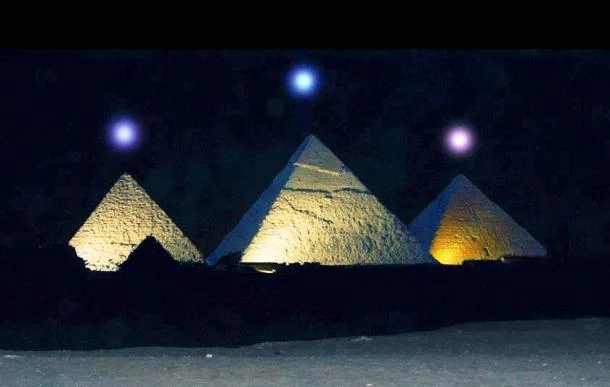
The three Giza pyramids are precisely aligned with the constellation of Orion, which could have been the builders’ intention because the Ancient Egyptians associated the stars of Orion with Osiris, the god of rebirth and afterlife.
Estimate Weight of Stones
The Great Pyramid of Giza is estimated to be made up of 2,300,000 stone blocks weighing between 2 and 30 tones, with some blocks weighing more than 50 tones.
Stones of White Polished Limestones
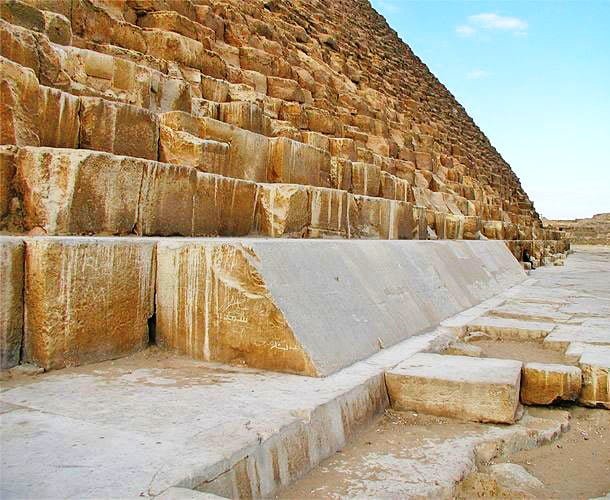
Casing stones made of highly polished white limestone were originally used to cover the pyramids. These stones reflected the sun’s rays, making the pyramids sparkle like jewels.
Viewport of Pyramids
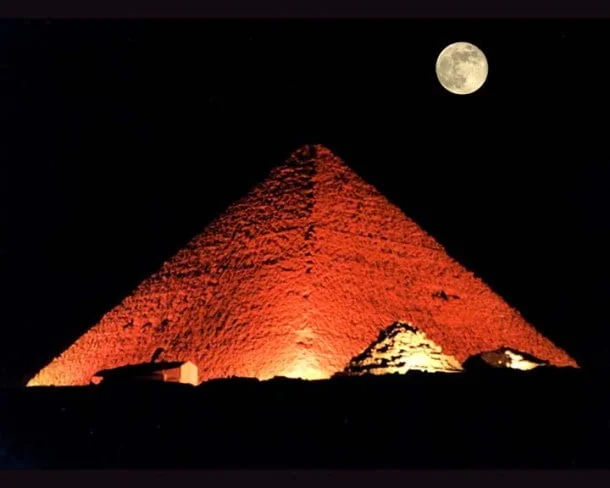
The casing stones covering the entire pyramid could have been seen from Israel’s mountains and possibly even from the moon.
Average Temperature of Pyramids
Despite the extreme heat outside, the temperature inside the pyramids remains relatively constant, hovering around 20 degrees Celsius (60 F).
Destroying the Great Pyramids
In the 12th century, an attempt was made to destroy the Giza pyramids. Al-Aziz, a Kurdish ruler and Egypt’s second Ayyubid Sultan, attempted to demolish them but was forced to abandon the project due to the enormity of the task. He did, however, damage Menkaure‘s Pyramid, leaving a large vertical gash in its north face.
Weight of a Pyramid
The exact weight of the Pyramid of Cheops is unknown, but it is estimated to be around 6 million tones.
Cheops Pyramid Alignment on Earth
The Cheops Pyramid was designed to face true north. In fact, it is the most precisely aligned to the north of any structure on the planet. Despite being built millennia ago, the pyramid still faces that direction with only minor deviation. However, because the North Pole shifts over time, the pyramid was accurate at one point.
Slaves or Workers ?

Contrary to popular belief, the pyramids were most likely built by regular paid workers rather than slaves or prisoners.
Average Build time of a Pyramid
Each pyramid would have taken 200 years to build on average, implying that several pyramids were often being built at the same time.
A Unique Mortar Stone
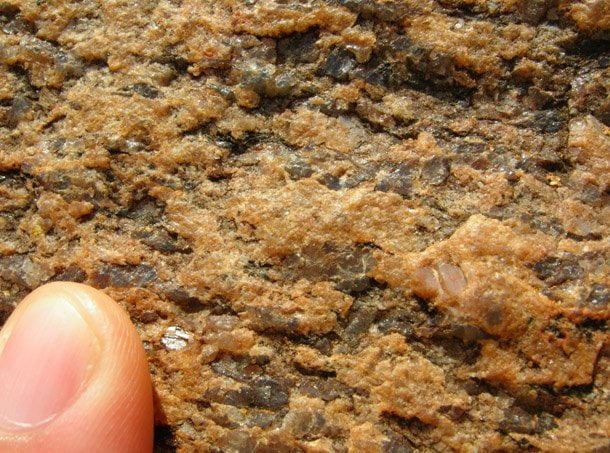
The unique mortar used is one of the reasons the pyramids are so well preserved. It is stronger than the actual stone, but we don’t know what it’s made of.
Hieroglyphics on Pyramids
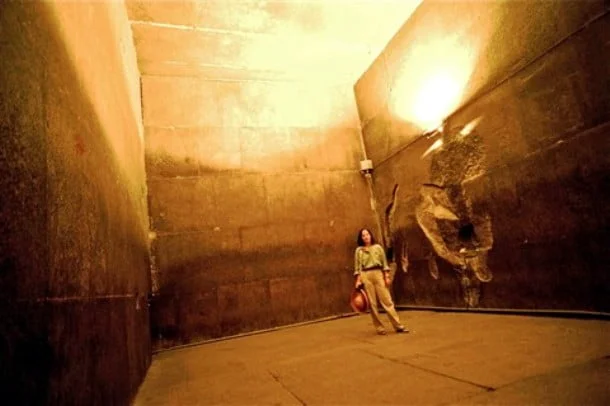
Although many people associate pyramids with hieroglyphics, no writing or hieroglyphics have been discovered inside the Great Pyramid of Giza.
How Massive Stones Carved?
While experts generally agree on the hypothesis that the pyramids were built from massive stones carved with copper chisels from stone quarries, the methods used to move and place the stones are still a source of debate and speculation.
